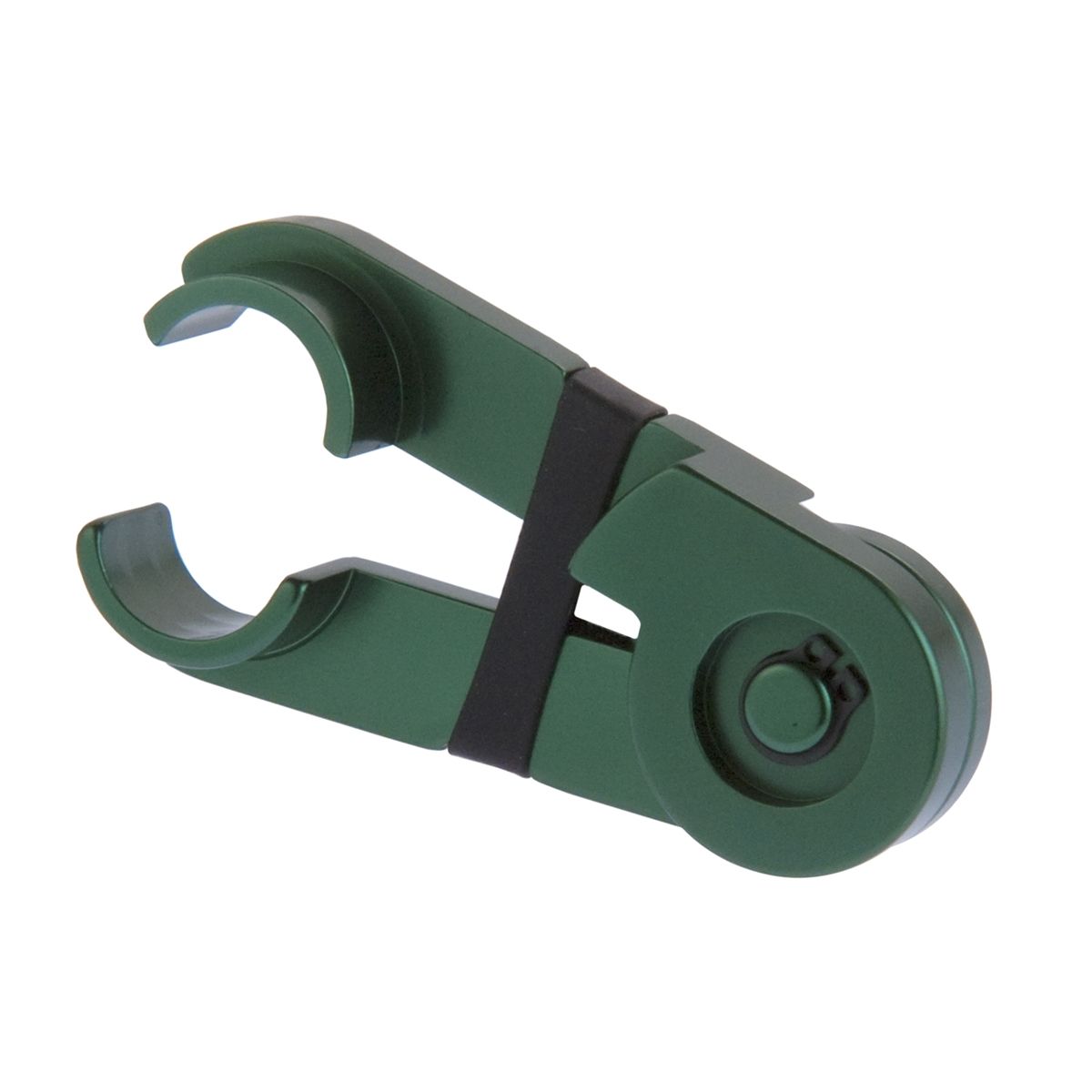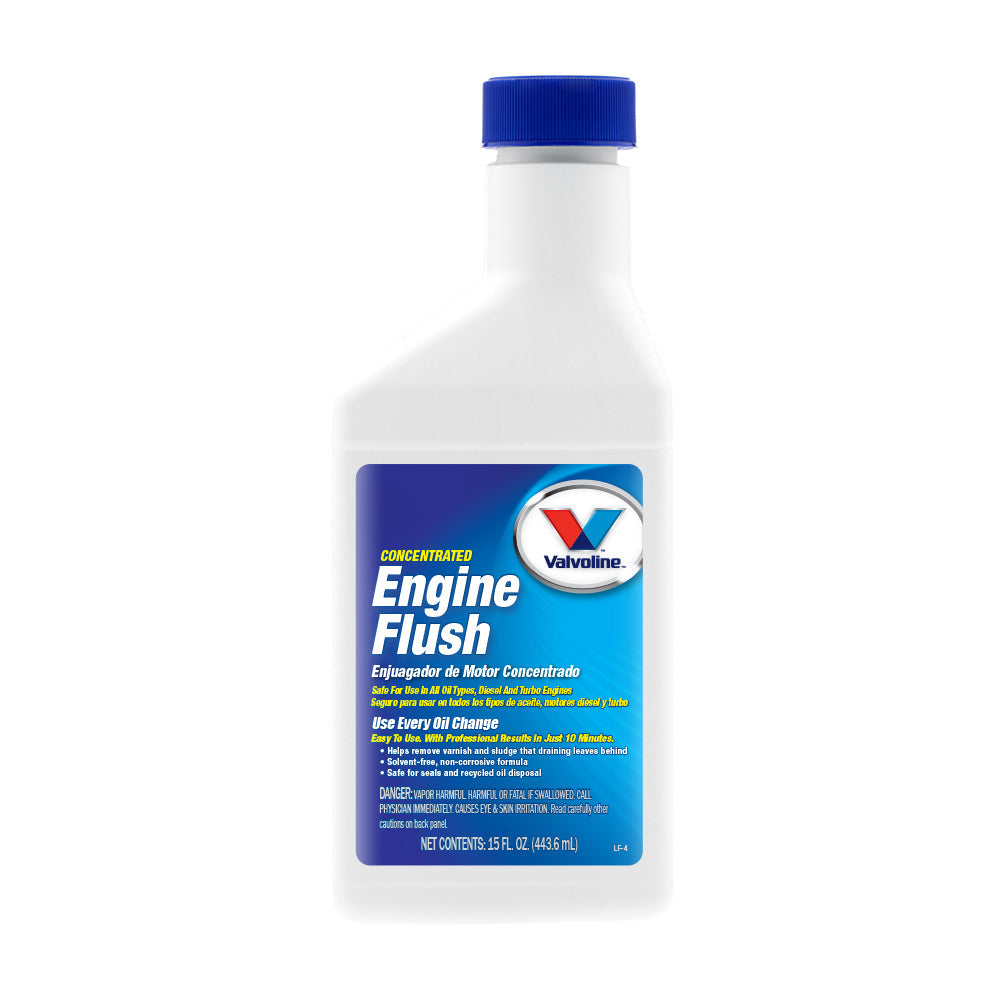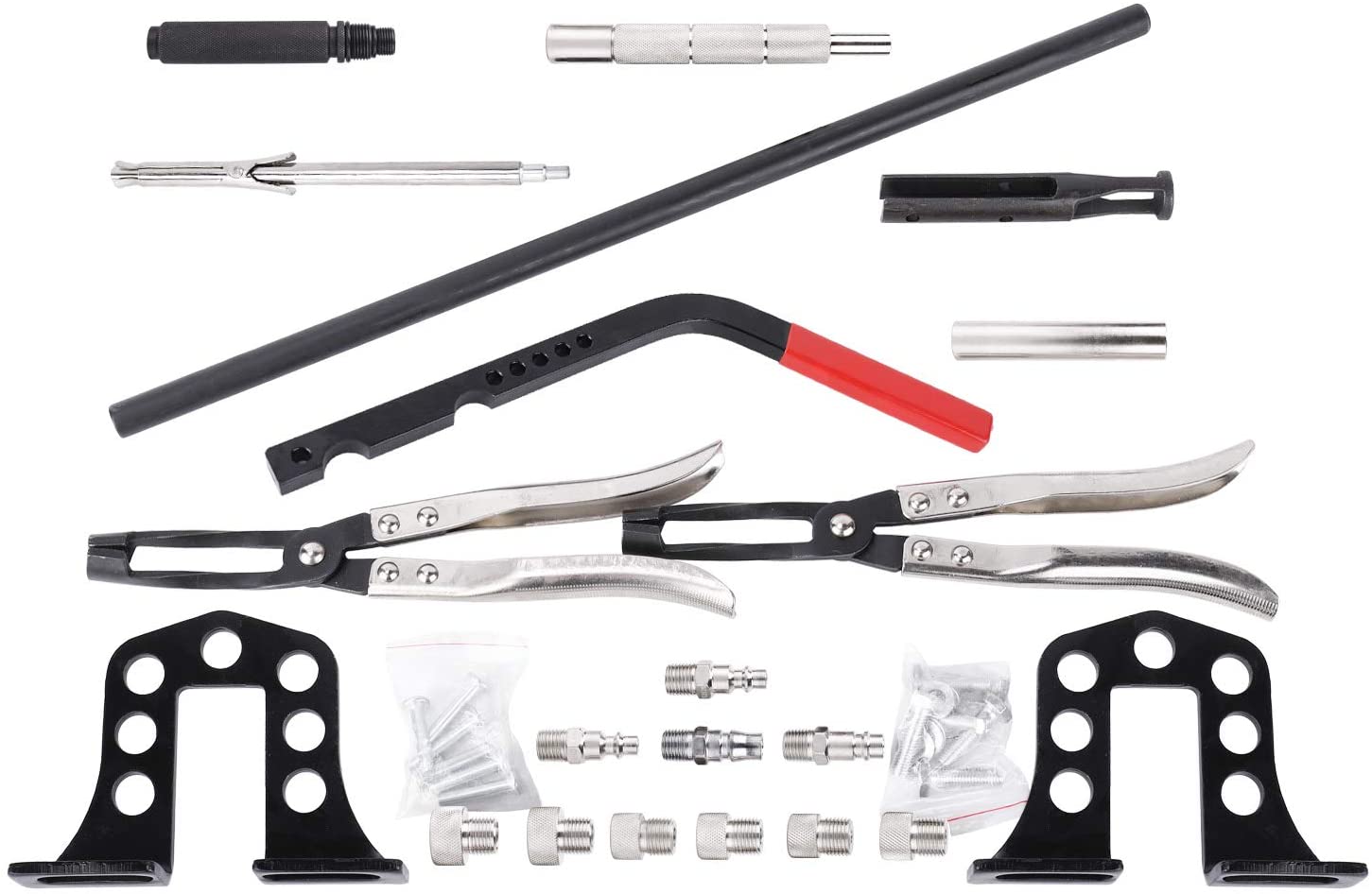Essential Car Fuel Line Disconnect Tools A Comprehensive Guide
Car fuel lines are a vital component of any vehicle's engine, as they are responsible for delivering fuel from the gas tank to the engine. When these lines become disconnected, it can lead to serious problems such as stalling or even fires. This is why having the right tools to disconnect fuel lines safely and easily is crucial for every car owner. In this ultimate guide, we will discuss everything you need to know about car fuel line disconnect tools, including the different types available, how to use them, and tips for avoiding damage to fuel lines.
Understanding Car Fuel Line Disconnect Tools: Types and Applications

There are two main types of car fuel line disconnect tools: manual and power tools. Let's take a closer look at each type and their applications.
Manual Fuel Line Disconnect Tools
Manual fuel line disconnect tools are handheld devices that typically use a lever or plunger mechanism to disconnect fuel lines. They are affordable and widely available, making them a popular choice among car owners. However, they do require more effort and physical strength to use compared to power tools.
Some common types of manual fuel line disconnect tools include:
- Single-action disconnect tools: These are the most basic type of manual tools, often used for simple fuel line disconnections. They usually have a single lever or plunger mechanism to release the fuel line.
- Dual-action disconnect tools: These tools have two levers or plungers, allowing for easier and faster disconnection of fuel lines.
- Claw-style disconnect tools: These are designed with claw-like jaws that grip onto the fuel line for a more secure hold during disconnection.
- Scissor-style disconnect tools: Similar to scissors, these tools have blades that squeeze together to release the fuel line.
Power Fuel Line Disconnect Tools
Power fuel line disconnect tools use air or electricity to power a pump that disconnects fuel lines. They are more expensive than manual tools, but they offer the advantage of making disconnections faster and easier. They are also ideal for larger or more complex fuel line systems.
Some common types of power fuel line disconnect tools include:
- Pneumatic disconnect tools: These use compressed air to operate a pump that releases the fuel line.
- Electric disconnect tools: These are powered by electricity and can be corded or cordless. They often have adjustable settings for different types of fuel lines.
- Hydraulic disconnect tools: These use hydraulic pressure to disconnect fuel lines and are commonly used in heavy-duty machinery.
How to Choose the Right Car Fuel Line Disconnect Tool for Your Needs

When it comes to selecting a car fuel line disconnect tool, there are a few factors to consider:
Size and Compatibility
The first thing to consider is the size and compatibility of the tool. Make sure to check the specifications of the tool and compare them with your vehicle's fuel line sizes to ensure a proper fit.
Type of Fuel Line
It's essential to know what type of fuel line you will be working with before purchasing a disconnect tool. Some tools are designed specifically for certain types of fuel lines, such as plastic or metal. Using the wrong tool may result in damage to the fuel line.
Ease of Use
Consider how comfortable and easy the tool is to use. If you have limited hand strength or dexterity, a power tool may be a better option. However, if you prefer a hands-on approach, a manual tool may be the way to go.
Step-by-Step Guide to Using Car Fuel Line Disconnect Tools Safely

Now that you have chosen the right tool for your needs, let's walk through the steps for safely disconnecting a car fuel line using a manual tool:
- Locate the fuel line that needs to be disconnected. For safety reasons, make sure the engine is turned off and the keys are removed from the ignition.
- Place the jaws of the fuel line disconnect tool around the fuel line. Make sure they are secure and properly aligned.
- Squeeze the handles of the tool to release the fuel line. Depending on the type of tool, you may need to apply more or less pressure to release the fuel line. If it is difficult to remove, try twisting the tool gently while squeezing the handles.
- Once the fuel line is disconnected, carefully remove the tool and set it aside. Inspect the fuel line for any damage or wear before reconnecting it.
Troubleshooting Common Issues with Car Fuel Line Disconnect Tools
Despite the convenience and effectiveness of car fuel line disconnect tools, there are some common issues that may arise. Here are some troubleshooting tips to help you overcome these problems:
Difficulty Releasing the Fuel Line
If you are having trouble releasing the fuel line with a manual tool, it may be due to excessive dirt or debris on the line's fittings. In this case, clean the area thoroughly before attempting to disconnect it again.
Damage to the Fuel Line
Using the wrong tool or applying too much force can cause damage to the fuel line, leading to leaks and other issues. Always double-check your tool's compatibility with the fuel line and use caution when applying pressure.
Stuck Fittings
In some cases, fittings may become stuck or corroded over time, making it difficult to disconnect them. If this happens, try using a lubricant or penetrating oil to loosen the fitting before attempting to disconnect it.
Advanced Techniques for Removing Stubborn Fuel Line Connections

Some fuel line connections can be particularly challenging to remove, especially in older vehicles. Here are some advanced techniques that can help you remove stubborn fuel line connections:
Heat the Fittings
By slightly heating the fittings with a heat gun or torch, you can expand the metal and make it easier to disconnect. Be careful not to overheat the fittings, as this can cause damage and create a fire hazard.
Use a Fuel Line Removal Tool
In some cases, a fuel line removal tool may be needed to remove stuck or corroded fittings. These specialized tools are designed to grip onto the fitting and provide leverage for easier removal.
Cut the Line
If all else fails, you may need to cut the fuel line to remove it completely. This should be done as a last resort and with caution to avoid any accidents or damage to other components.
Safety Precautions for Handling Fuel Line Disconnect Tools

As with any automotive maintenance task, safety should always be a top priority when using fuel line disconnect tools. Here are some important precautions to keep in mind:
- Always work in a well-ventilated area to avoid inhaling any fumes from the fuel lines.
- Wear protective gear, such as gloves and safety glasses, to protect yourself from any spills or leaks.
- Make sure to turn off the engine and remove the keys from the ignition before working on the fuel lines.
- Never use an open flame near fuel lines or fuel-related components.
- Keep a fire extinguisher nearby in case of emergencies.
Innovative Car Fuel Line Disconnect Tools for Enhanced Convenience
With advancements in technology, there are now innovative car fuel line disconnect tools available that offer enhanced convenience and efficiency. Here are some examples:
Quick-Disconnect Tools
Quick-disconnect fuel line tools use a spring-loaded mechanism that allows for quick release of the fuel line. They are typically used on plastic fuel lines and make disconnections much faster and easier.
Flexible Disconnect Tools
These tools have a flexible design that allows for better access to hard-to-reach fuel line connections. They are ideal for tight spaces and awkward angles.
Magnetic Disconnect Tools
Magnetic disconnect tools have a magnetic tip that attaches to the fuel line's fitting, allowing for hands-free operation. They are especially useful when working in tight spaces or if you have limited hand strength.
Future Trends in Car Fuel Line Disconnect Tools
As technology continues to advance, we can expect to see even more developments in car fuel line disconnect tools. Some future trends may include:
- Wireless power tools with rechargeable batteries for improved convenience and mobility.
- Smart tools that can automatically detect the type of fuel line and adjust settings accordingly.
- 3D-printed tools that can be customized for specific vehicle models and fuel line sizes.
Conclusion
Car fuel line disconnect tools may seem like a minor tool for car maintenance, but they play a crucial role in keeping your vehicle running smoothly and safely. Whether you choose a manual or power tool, make sure to select the right one for your needs. Follow safety precautions and use advanced techniques if necessary, and always remember to prioritize safety above all else. With this comprehensive guide, you now have all the information you need to confidently choose and use the right car fuel line disconnect tool for your vehicle. Happy disconnecting!



